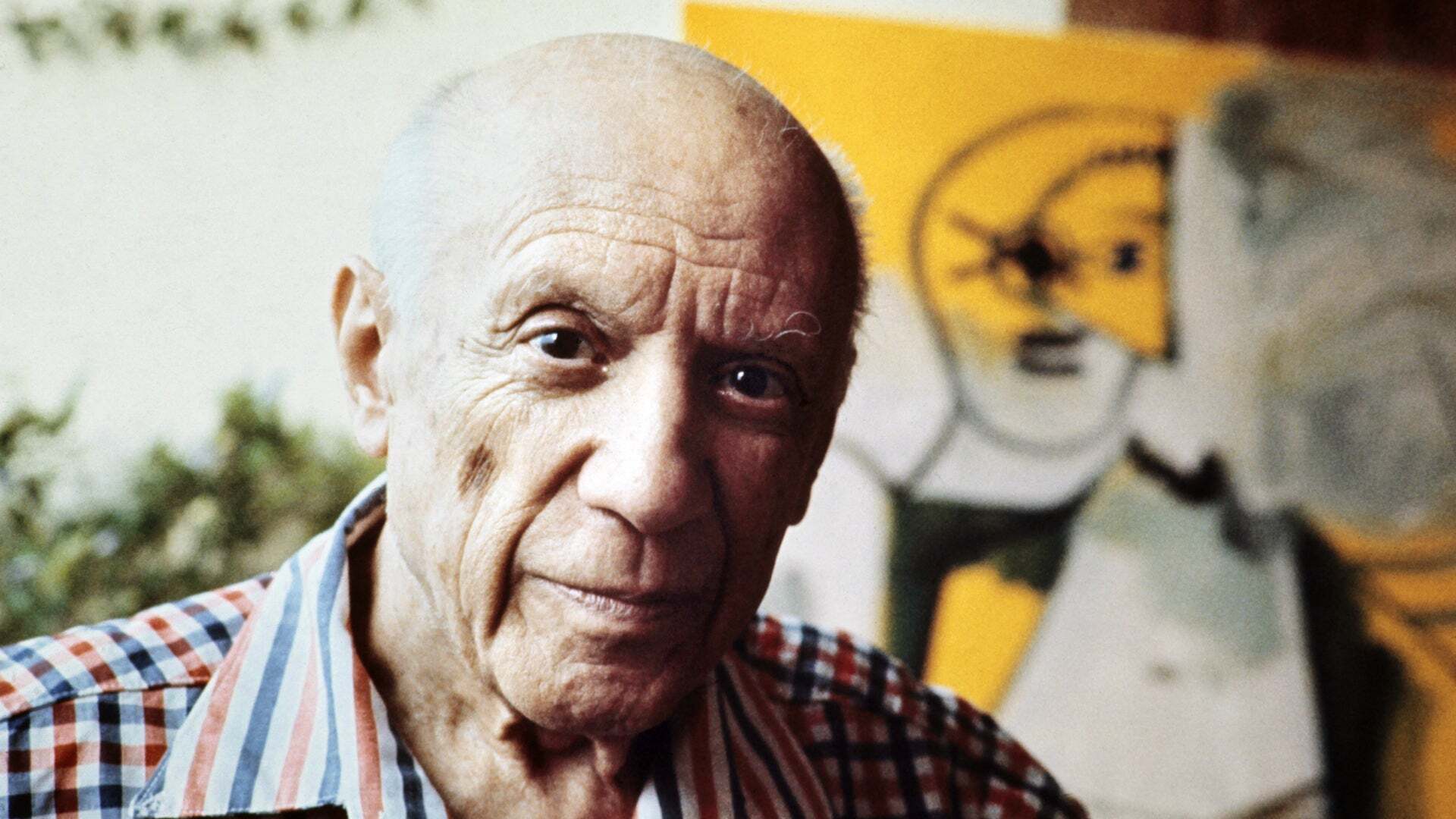
Ever wondered why Pablo Picasso stands out in the vast universe of art? Well, you're about to find out! Picasso, a name synonymous with revolutionary creativity, has left an indelible mark on the world. But what makes his legacy so unforgettable? From his Blue Period to the invention of Cubism, Picasso's journey was anything but ordinary. OhMyFacts brings you 15 mind-blowing facts about this iconic artist that will make you see his masterpieces in a whole new light. Whether you're an art aficionado or just curious, these tidbits will surely pique your interest. Ready to dive into the fascinating world of Picasso? Let's get started and uncover the stories behind the man who reshaped modern art.
Key Takeaways:
- Pablo Picasso's early talent and relentless innovation led to the creation of over 20,000 works of art, inspiring countless artists and leaving an immeasurable legacy in the world of culture and art.
- From his Blue and Rose Periods to the co-founding of Cubism, Picasso's art reflected his emotional journey, political engagement, and timeless relevance, ensuring his genius continues to captivate and inspire.
Early Life of Pablo Picasso
Pablo Picasso, a name synonymous with revolutionary art, embarked on his creative journey in a small Spanish town. Born on October 25, 1881, in Málaga, Spain, Picasso showed an early affinity for art, nurtured by his father, who was an art teacher and painter.
-
By the age of seven, Picasso had mastered the basics of traditional drawing under his father's guidance. This early start laid the foundation for his illustrious career.
-
Picasso's family recognized his talent and moved to Barcelona when he was 14. Here, he passed the entrance exam for the Barcelona School of Fine Arts in just one day, a feat that typically took older students a month to prepare for.
Picasso's Blue and Rose Periods
Transitioning from his early work, Picasso entered two of his most poignant phases: the Blue and Rose periods.
-
The Blue Period, spanning from 1901 to 1904, was marked by monochromatic paintings in shades of blue and blue-green, reflecting his emotional turmoil and poverty after the suicide of his friend, Carlos Casagemas.
-
During the Rose Period (1904-1906), Picasso's palette brightened, incorporating orange and pink hues. This phase featured more joyful themes, including circus performers and clowns, reflecting his improved circumstances and new love, Fernande Olivier.
Creation of Cubism
Picasso's relentless innovation led him to co-found Cubism, a movement that would forever alter the course of art.
-
In 1907, Picasso painted "Les Demoiselles d'Avignon," a radical departure from traditional composition that introduced fragmented human forms and is considered the precursor to Cubism.
-
Cubism, developed alongside Georges Braque, broke objects into geometric shapes, presenting multiple viewpoints simultaneously and challenging the conventions of perspective and form.
Picasso's Political Engagement
Beyond his artistic endeavors, Picasso was deeply political, using his art to express his views.
-
The Spanish Civil War profoundly impacted Picasso, leading to the creation of "Guernica" in 1937. This masterpiece depicted the horrors of war and became an anti-war symbol and a testament to the tragedies of conflict.
-
Picasso's political engagement didn't wane with time. He joined the Communist Party in 1944 and remained a member until his death, often incorporating political themes into his work.
Innovations and Later Works
Picasso's curiosity and innovative spirit kept him prolific throughout his life.
-
He explored a variety of mediums, including sculpture, ceramics, and linocut printing, constantly pushing the boundaries of what art could be.
-
In his later years, Picasso's work became more introspective, reflecting on his own life, loves, and the nature of art itself.
-
Notably, Picasso's "Las Meninas" series, based on Velázquez's masterpiece, showcases his ability to reinterpret classic works through a modern lens.
Picasso's Legacy
Picasso's influence on art and culture is immeasurable, leaving a legacy that transcends time.
-
He is credited with creating over 20,000 works of art, ranging from paintings and sculptures to ceramics and theater sets.
-
Museums around the world, including the Museu Picasso in Barcelona and the Musée Picasso in Paris, are dedicated to his work, ensuring his contributions to art are remembered and celebrated.
-
Picasso's innovative techniques and styles, particularly in Cubism, have inspired countless artists and continue to influence contemporary art.
-
Despite his passing on April 8, 1973, Picasso's work remains vibrant and relevant, a testament to his genius and the universal appeal of his art.
A Brushstroke of Genius: Picasso Unveiled
Diving into the life and work of Pablo Picasso has been like wandering through an endless gallery of innovation and brilliance. From his Blue and Rose periods to the groundbreaking advent of Cubism, Picasso didn't just paint; he thought in color and shape, challenging perceptions and pushing boundaries. His influence stretches far beyond the canvases he filled, touching the realms of sculpture, ceramics, and even stage design. Picasso's legacy is a testament to the power of relentless creativity and the courage to constantly evolve. His story reminds us that art isn't just about beauty or skill—it's about seeing the world through a lens uniquely your own. As we've journeyed through these 15 fascinating facts, it's clear that Picasso's impact on art and culture is as vibrant and enduring as the works he left behind.
Frequently Asked Questions
Was this page helpful?
Our commitment to delivering trustworthy and engaging content is at the heart of what we do. Each fact on our site is contributed by real users like you, bringing a wealth of diverse insights and information. To ensure the highest standards of accuracy and reliability, our dedicated editors meticulously review each submission. This process guarantees that the facts we share are not only fascinating but also credible. Trust in our commitment to quality and authenticity as you explore and learn with us.


